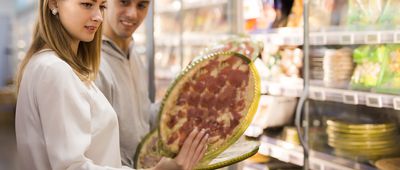Grocery (Mind) Games
When you head to the grocery store planning to pick up a few essentials, it’s all too easy to arrive home with more items than you’d intended to buy. If you find yourself in that situation, chances are that your buying decisions were affected by tricks that the grocery store plays to get you to buy more. From the store scents to the positioning of items, these 13 tricks might just seem like a typical part of the shopping experience, but they’re actually driving up your grocery bill.






















